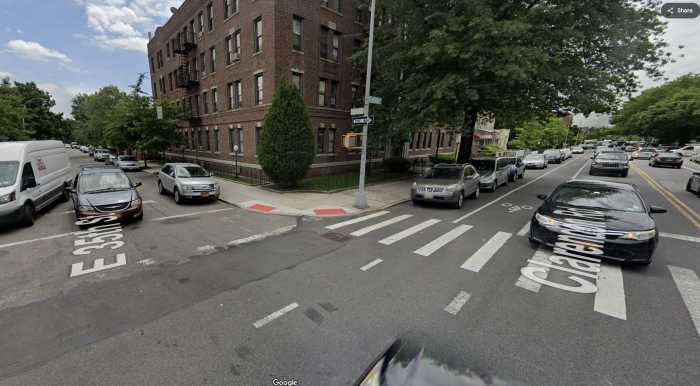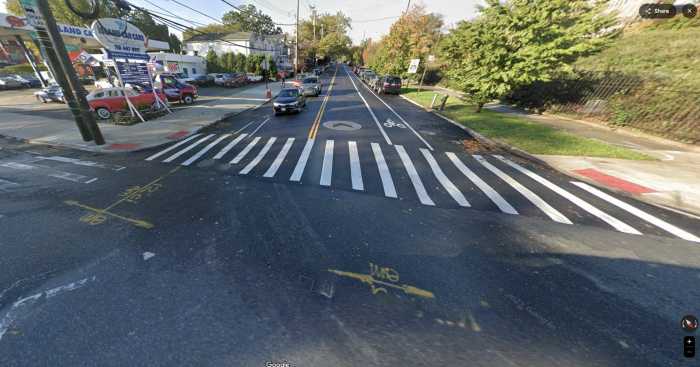Cyclists should expect more robust bike infrastructure around bridges, parks and in the far reaches of the city in 2017, transportation officials said on Wednesday.
City Department of Transportation Commissioner Polly Trottenberg rolled into a Chinatown press conference on a Citi Bike Wednesday morning, with advocates and electeds on her tail, to celebrate the recent bike lanes and safety improvements around the Manhattan Bridge—including the relatively new bike lane redux on Chrystie Street.
“This beautiful new protected, two-way bike lane on Chrystie Street, which we just rode along, this is a project that so many in the advocacy community have been taking about for so many years and we were so thrilled that we finally got in the ground,” Trottenberg said, calling it one of her favorite DOT works of the year.
Her other was just a short walk away: a $1.5 million project to bring sweeping safety improvements to the Manhattan Bridge with a specific focus to address its Manhattan approach at Canal Street, one of the most crash-prone intersections for pedestrians, according to the DOT.
The agency is expected to provide more details on 2017 projects early next year, but Sean Quinn, the senior director at the DOT’s office of bicycle and pedestrian programs, said that riders should expect more of what’s seen there.
“Looking at these two-way paths, I think it sort of…answers the question of where we’re looking to fill in our network,” Quinn said. “There’s a couple of gaps around our bridges that we’re looking at to ensure that we make these safe connections. Gaps around our parks and out to the further out reaches of the boroughs—we’re looking at all the areas to make those connections.”
The DOT completed 90 safety improvement projects in 2016. It also painted 80 bike lane miles as well as record 18 protected bike lane miles, which Trottenberg pointed out is the distance between Coney Island and the Bronx Zoo. “As the crow flies,” she clarified, “but it’s a serious amount of distance to cover.”
But she also highlighted that new bike lanes on Chrystie and Jay streets illustrate that the placement, or connection, of the lanes is equally as important as the distance they span.
Still, after a two-year decline in traffic fatalities, preliminary data in 2016 shows that drop is plateauing. That means that the city needs to redouble its efforts and work at a much faster pace, according to Paul Steely White, executive director at Transportation Alternatives, who has lately been very critical of the administration’s commitment to Vision Zero.
But even White took the time on Wednesday to admire Chrystie Street’s handsome bike lane—a project that had been championed by Transportation Alternatives.
“We criticize often and we’re unsatisfied at times, but…maybe the most important part of being an effective advocate is knowing when to push and focus on collaboration and cooperation,” White said. “And the team that Commissioner Trottenberg has assembled, I think is safe to say, is the best ever.”



























